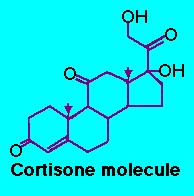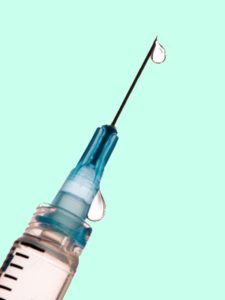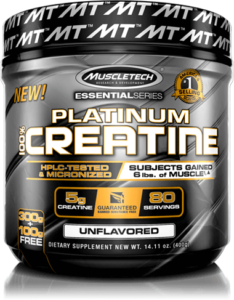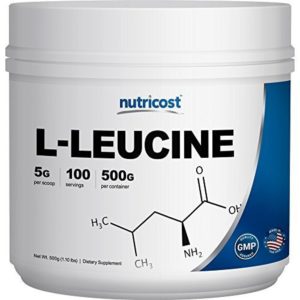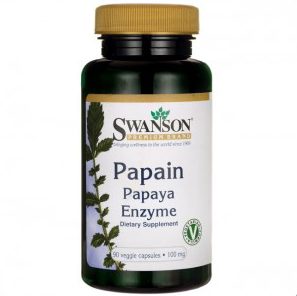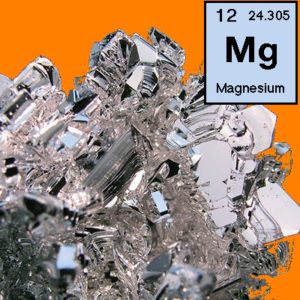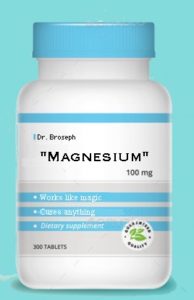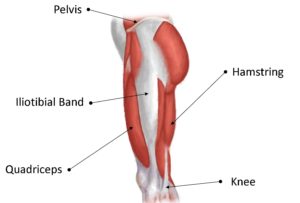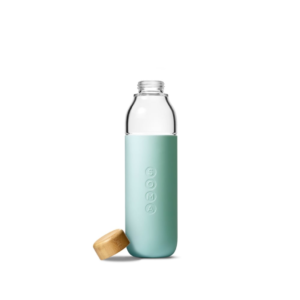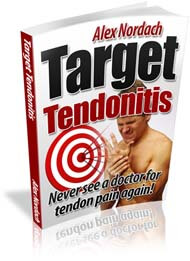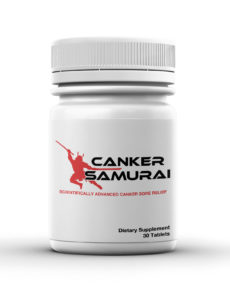So in Part 1 of this article, I talked a bit about how to maintain (or even develop) muscle tissue past the age of forty. If you haven’t read that post, you might want to check it out. But this is mainly a tendon blog, and while maintaining muscle mass and strength should definitely be a priority as we get older, so is maintaining tendon health past age forty. So now it’s time to talk about the tendons, and below are some useful tips.
Make use of static holds to develop tendon strength along with more muscle.
Tendons take a lot longer than muscles to adapt. Like 200-210 days or so, even in younger athletes. Who knows what it is in older ones (I haven’t seen any good studies), but it’s a safe bet that the process takes even longer. Contrast this with how long it takes for muscles to really recover; even in older athletes, a serious 1RM maximal attempt will “only” take a month or so to completely recover from. The end result is: you can build muscle strength a lot faster than your tendons can adapt…at any age.
Static holds are one way to get around this problem. With a static hold – meaning that you just take the weight of whatever you’re lifting and hold it in one position (usually, but not always, the start position) of an exercise you can take an additional load onto your tendons without subjecting them to the full range (and stretch) of motion of the exercise. The end result is that the tendons start to adapt but you don’t run nearly as much risk of injury.
Anyone can hold quite a bit more weight than they can actually lift through the full range of motion of an exercise, but don’t use this fact to go wild with this technique. I generally recommend static holds at about 105-110% of one’s 1RM for best tendon strengthening results. Any higher than that and you start running more risk of injury…with no concomitant gain in results.
Also, I wouldn’t do this training more than once a week or so.
Avoid inflammation as much as possible
This means cleaning up your diet, first and foremost. By now, pretty much everyone knows that fruits and vegetables are good for you and will help reduce inflammation. Other than that, whole grains, fatty fish and nuts are good choices. You can also get additional anti-inflammatory effects by drinking green tea (and maybe coffee as well, but the jury’s still out) and a glass or so of red wine per day.
It also means avoiding certain foods, the most common of which are refined carbohydrates. Bread in particular is bad, but so are pastries and stuff like kiddie breakfast cereals. You can throw out other delicious treats like french fries and sodas as well. And limiting red meat (if you like) wouldn’t hurt either.
Inflammation is a precursor to a whole host of diseases, which is a fancy way of saying that if you eat enough of the bad foods above, sooner or later you’re going to pay for it. So as you get older, take a tip from Coach Dan John (one of the most sensible voices in fitness) and just start eating like an adult. Seriously. Just do it.
Finally, supplements like PQQ, curcumin and spirolina are all good choices to help limit inflammation while at the same time not interfering with your immune system too much. (Yes, it can be an issue.) Fish oil and krill oil are also good, but don’t go overboard with either. You can limit fish oil to about 3g/day and not suffer from immune problems (there isn’t a lot of human research on krill oil yet, but krill oil’s effects are more powerful than fish oil’s, so the limit should probably be less, maybe 2g/day), but above that level you start running a risk of compromised T-cells and other issues.
Vary your routine.
Maybe the most common mistake I see people make in the gym is not varying their routine. And older athletes are especially prone to this. They’ll get a routine they like and fall in love with it, make some decent progress for a month…and then use that same routine for the next year and a half. And the only reason they stop using it is because they get injured.
If you’ve been training for any length of time – and if you’re over 40 you’re probably in this category – you should be changing your routine up at least every two months. Failing to do so results in a much higher probability of getting into pattern overload, which is a fancy way of saying that if you stress your body too much or too often in the same way, at the same angle, you’re going to get injured. If you do barbell bench presses all the time and never do dips, or incline press, or dumbbell press, or close-grips, you’re stressing your pecs, shoulders and triceps in exactly the same way over and over and over again. The angle is the same, the groove is the same, and the weight just keeps going up. So you become ripe for injury.
Alternatively, you can rotate between the above exercises and not have to worry too much about one particular line of stress. Note that I said “rotate between”, not “add”. I’m a firm believer in doing just one major exercise (especially if it’s some a variant of a pressing movement) per bodypart as we get older. Of course you can do some accessory work as well, but that should be in a different rep range (ie, not as heavy as your major lift). I definitely am against the frat-boy workout, which, if you don’t know, is five or ten sets of bench press, followed by five sets of incline press, followed by 4-5 sets of decline press, followed by 3-4 sets of dumbbell flyes…usually done three times a week on Monday, Wednesday and Friday.
Save stretching for after you’re done exercising.
Use foam rolling before. And don’t stretch too much between sets. This has nothing to do with tendons; it’s simply a sensible precaution to take because if you stretch too much between sets, especially heavy sets, you increase your risk of tearing a muscle quite a bit. Yes, I know; lots of pro bodybuilders say it’s good for your pump. That’s fine – let the genetic freaks do whatever they like. For the rest of us mortals, stretching between sets is asking for trouble.
Don’t warm up with endless repetitions.
Every rep you perform is one more mile on the body, so to speak, and too many reps are not only unnecessary, they’re actually counter-productive. I personally only do about 3-5 reps on really light sets (anything less than about 60% of my one rep maximum, or 1RM for short, on that exercise), 2-3 reps up to about 85% 1RM, and then only single reps above that point. If you’ve been doing a 1970s olde schoole Arnold Schwarzenegger type warm-up, starting out with 10 or more reps for your light sets and pyramiding up from there, give my way a try and see what you think.


